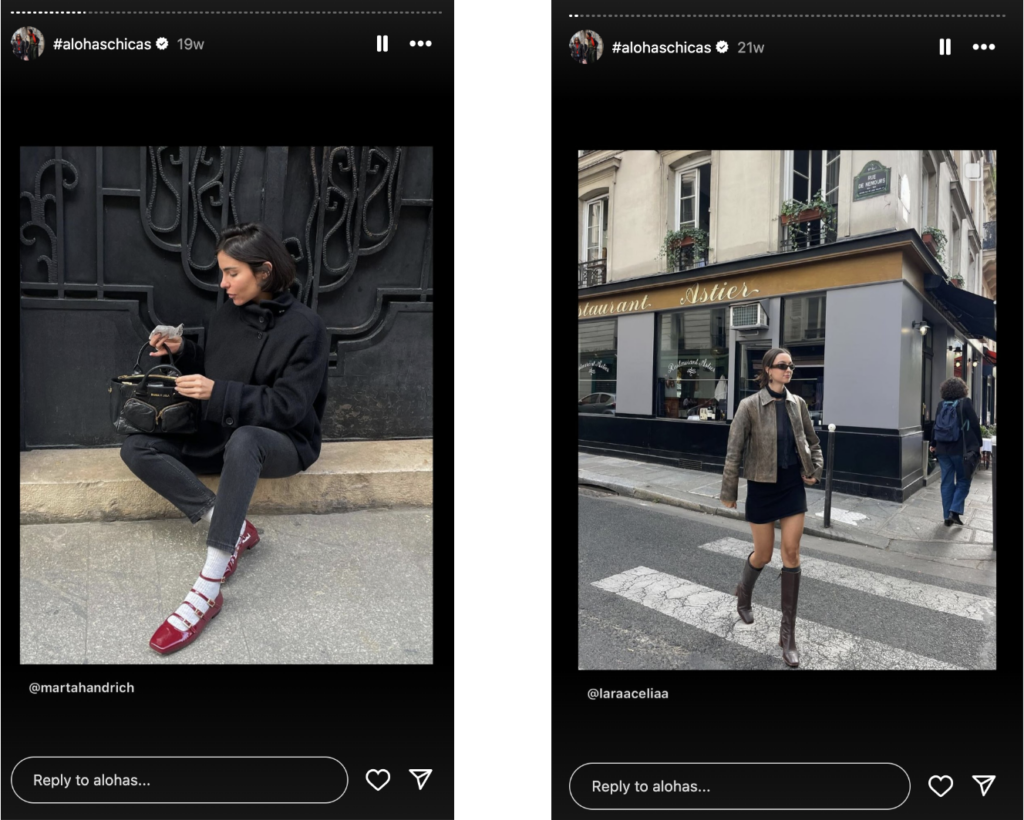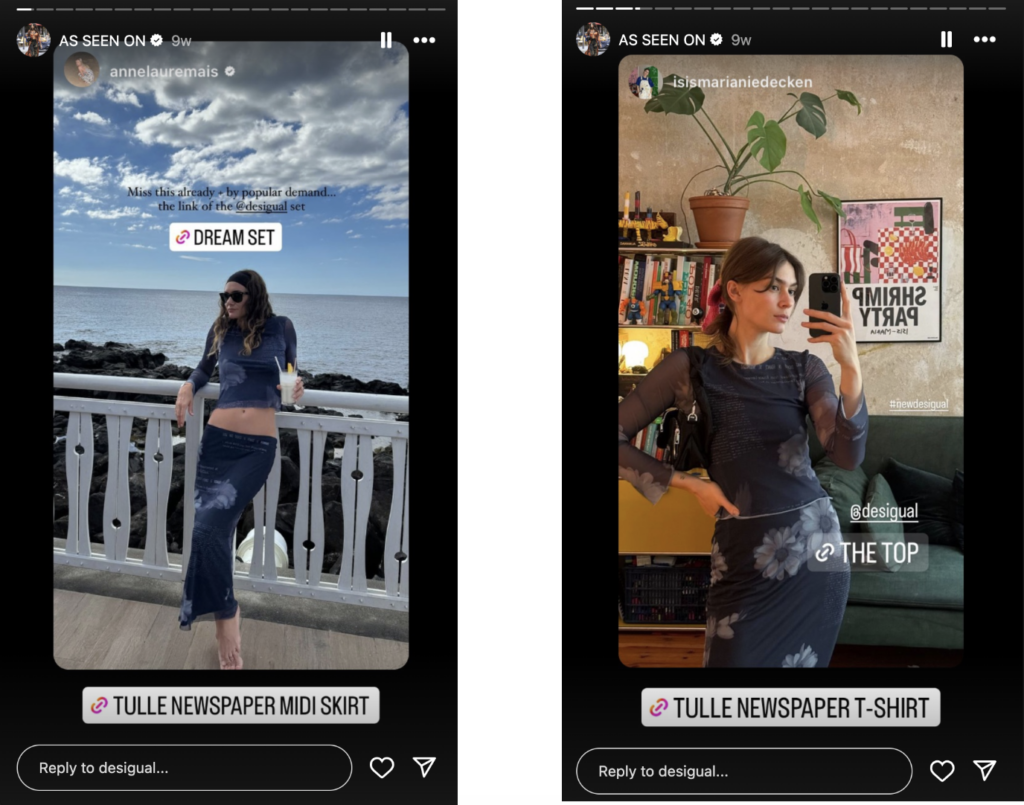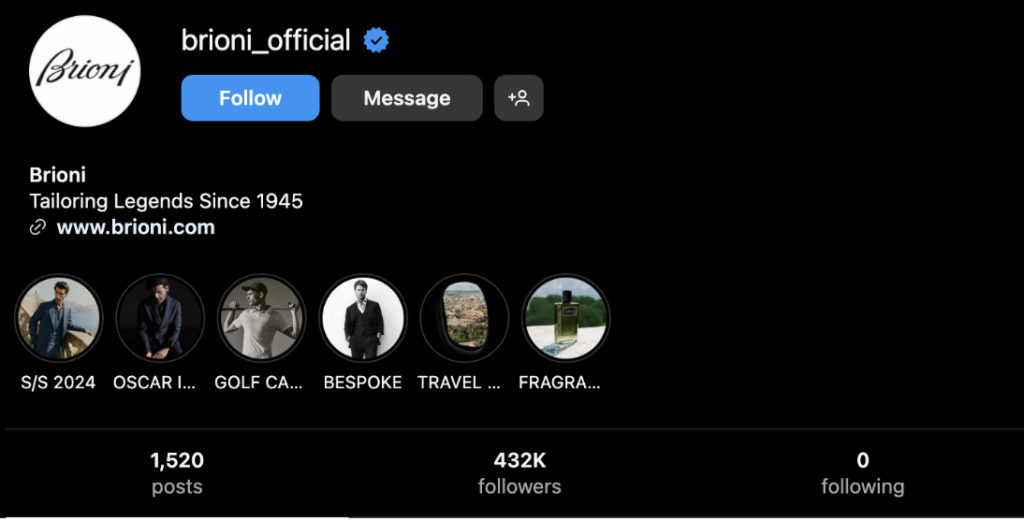Case Studies
Industries
Resources
Ratings & Reviews
NEW
What is the average Instagram Engagement Rate? Around 4.7% on average depending on the size of your following
People have become obsessed with Instagram engagement rate and the level you can achieve through the app.
Engagement rates are the currency of the social media marketing industry.
Your Instagram engagement rate is a metric that indicates how much interaction your content receives compared to your follower count or reach. Put simply, it represents the percentage of individuals who viewed your post and interacted with it.
Most Instagram marketing experts agree that a good engagement rate is between 1% to 5%, but the more followers you have, the harder it is to achieve.
Understanding the demographics of your target audience is crucial, as it influences the content you create, your brand’s tone, and the optimal timing for posting. This data can be accessed and monitored through Instagram analytics tools.

Here at Flowbox, we decided to do some of our own Instagram analysis to help us understand what engagement levels brands can expect to achieve on Instagram, and what we can consider a good engagement rate on Instagram. We analysed 25 top luxury fashion brands, each with between 1.5 and 10.5 million followers, and ranked them based on their engagement rate per post.
We found that Instagram engagement rate is simply not as buoyant as you might think. Across all 25 brands, we found an average Instagram engagement rate of just 0.52% on each post. The fact is, they just don’t get that much engagement.
These numbers might be surprisingly low to many readers, but they demonstrate the importance of context. Put simply, for big brands, that exceed 1.5 million followers, we suggest that receiving a like from 0.52% of your followership is actually a very respectable Instagram engagement rate for a single post. Based on the data we have collected from 25 top brands, even Kate Spade, which topped our list, only just about managed to surpass an engagement rate of 1% on each post.
In reality, our expectations of brand engagement must take into account the size of a brand’s followership. Put simply, the bigger the followership the harder it is to engage your audience. Of course, this is nothing new, but from a marketing perspective, we have to avoid putting all brands into the same group. Instead, we should measure their success on Instagram against the visible patterns of the social network, as opposed to our own preconceived ideas.
To illustrate this third point, we can contrast our results with those of newer brands that have grown through their exposure on the network. These Instagram-savvy brands tend to achieve much higher engagement rates.
Alohas, founded in 2015, has amassed an impressive following of 1.1 million, while following 2.3k users. They maintain an aesthetic Instagram feed, continuously adjusting their content to fashion trends.
But what stands out in their Instagram strategy is their ability to engage with their community, curating a dedicated highlight story to share user-generated content via the hashtag #alohaschicas.

Desigual, a brand with a rich history since 1984, maintains a striking Instagram presence with 1.3 million followers while following only 90 accounts.
The brand curates visually captivating content showcasing its latest designs, fashion shows, behind-the-scenes insights, and collaborative efforts. Desigual’s social media approach revolves around crafting engaging and shareable content, fostering user-generated contributions, and cultivating a vibrant community.
They interact with their community on Instagram through sharing UGC via the ´AS SEEN ON´ story highlight.

Similarly, Crocs, originating in 2002, boasts a 1.71% engagement rate on their Instagram account (HypeAuditor), with 2.4 million followers and a modest following of 227 users.
Crocs makes use of UGC successfully, encouraging users to share content through the hashtags #ComeAsYouAre and #CrocsOn, therefore activating their community.
On top of this, Crocs proves that they understand their audience, tapping into media trends and leveraging humorous content to engage with their community.
With posts like this, Crocs directly interacts with their community, and in turn, receives great engagement with thousands of comments.
These examples highlight how strategic engagement on Instagram can propel brands to new heights, emphasising the importance of cultivating a strong brand community.

While it’s true that as brands grow, their engagement levels may naturally diminish as users perceive them less on a personal level, some exceptions oppose this view. Take our example of Crocs, despite its widespread global presence, Crocs has remarkably maintained a robust connection with its fanbase, showcasing that effective brand engagement is indeed achievable on a large scale.
As demonstrated by these three brand examples, the solution to a high Instagram engagement rate is rather simple: it lies in the power of the Instagram hashtag. This system allows users to easily find any content that is related to your brand. And most importantly, it mixes content generated by normal users and big brands alike. For a brand, it’s about facilitating other users to act as a vehicle to spread their image throughout the network. This way the brand can be projected from every corner of the network, and not just through the window of their profile.
Opting not to follow anyone on Instagram has been a popular choice for brands over the years, but it can certainly impact a brand’s engagement rate. While some might perceive it as a strategy to retain exclusivity or project a certain image of prestige, it risks alienating potential followers and diminishing daily engagement. In a landscape where engagement is crucial for driving online sales, brands must balance the allure of exclusivity with the necessity of active participation on the platform.
While some brands thrive by leveraging Instagram’s social nature to foster engagement, others, like luxury tailor Brioni, have maintained a zero-following count, potentially sacrificing daily interaction for the sake of perceived prestige.

Ultimately, it’s a question of whether this choice aligns with the brand’s identity and audience preferences, with some users appreciating the exclusivity it conveys, while others may find it off-putting. However, the prevailing advice suggests utilising the platform as intended – as a social space for interaction – to maximise engagement and foster brand growth.
Consistent Posting: Maintaining a regular posting schedule ensures your content remains visible and keeps your audience engaged. Consistency is key to keeping your followers interested and coming back for more.
Timing Matters: Pay attention to when your audience is most active on the platform and schedule your posts accordingly. Posting at strategic times increases the likelihood of early engagement and interaction.
Authenticity Wins: Don’t strive for perfection; instead, focus on social proof, authenticity and relatability. Share genuine stories and experiences that showcase the human side of your brand, and don’t be afraid to create humorous content.
Utilise User Generated Content (UGC): Incorporate UGC into your content strategy to foster a sense of community and trust among your audience. Sharing UGC on your social platforms and integrating it into your product pages can significantly boost your Instagram engagement rate, ultimately driving brand growth, visibility, and sales.
Every Instagram brand must grasp the art of fostering genuine, natural engagement on the platform. While posting content is essential, without likes, comments, or shares, your account may struggle to gain traction. Genuine engagement is vital for aligning your Instagram strategies with tangible business objectives.
Looking for more Instagram tips? Head to our complete guide to Instagram Marketing, where you’ll find everything you need to know about promoting your products on this crucial platform.